Email Your Way to Success: Real-Life Fundraising Examples
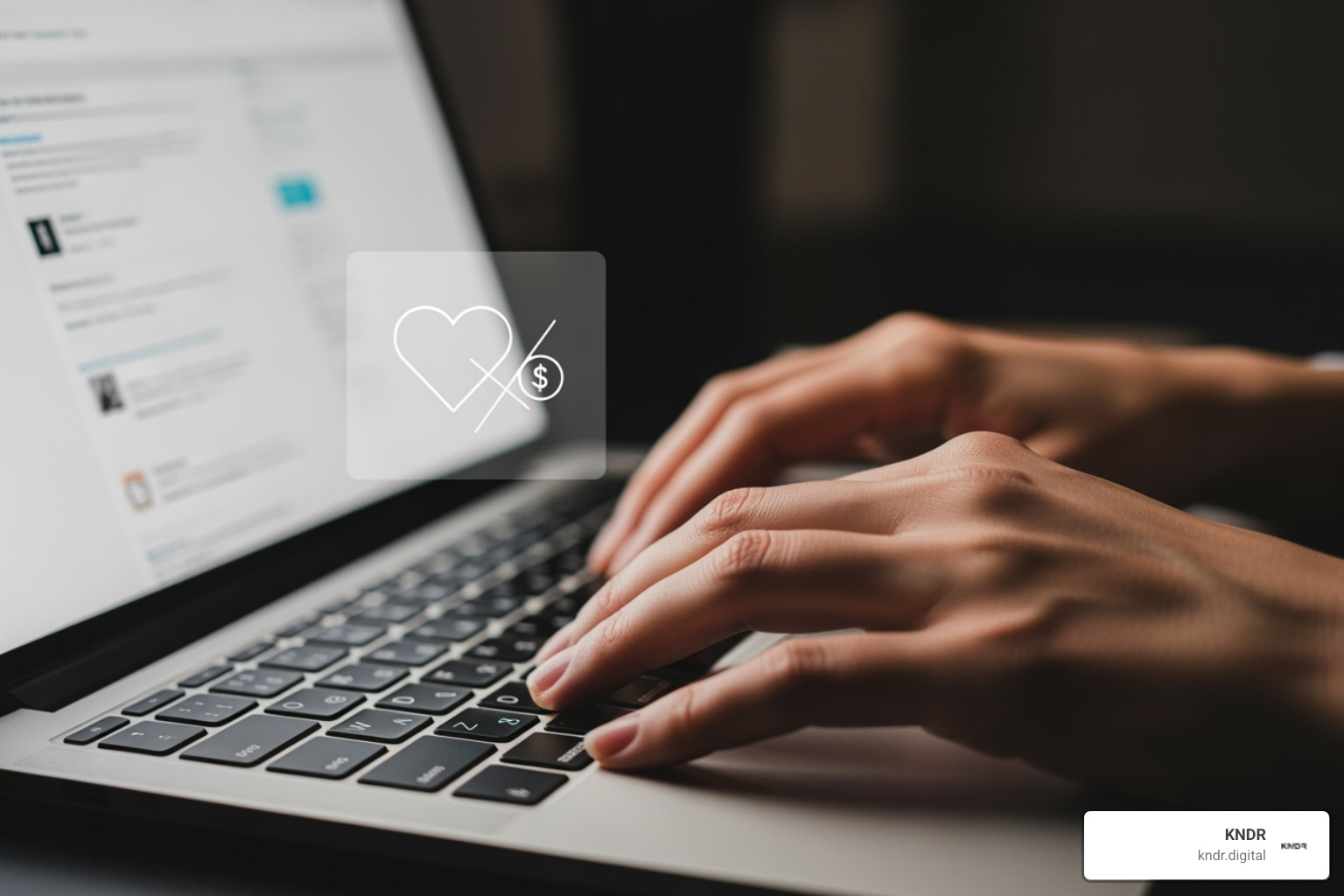
Why Nonprofit Fundraising Email Examples Transform Your Donor Engagement
Nonprofit fundraising email examples are proven templates and strategies that help organizations raise more money through effective email campaigns. Here are the most successful types:
Essential Fundraising Email Types:
- Welcome emails – Introduce new subscribers to your mission
- Thank you emails – Acknowledge donations and build relationships
- Urgent appeal emails – Request immediate support for critical needs
- Impact report emails – Show donors how their gifts made a difference
- Year-end giving emails – Maximize donations during peak season
- Lapsed donor emails – Re-engage supporters who stopped giving
- Peer-to-peer emails – Encourage supporters to fundraise for you
The numbers don't lie. 26% of nonprofit donors worldwide say email is the communication tool that most inspires them to give. Yet many organizations struggle with stagnant open rates, poor click-through rates, and emails that fail to convert readers into donors.
The challenge isn't just writing good emails; it's understanding what works. Which subject lines get opened? What stories move people to donate? How do you ask for money without sounding desperate?
That's where proven examples become invaluable. When you see exactly how successful nonprofits craft their appeals, you can adapt their strategies for your own campaigns.
I'm Mahir Iskender, CEO of KNDR.digital, where I've helped dozens of nonprofits optimize their nonprofit fundraising email examples to generate over 800 donations in 45 days. My team analyzes thousands of email campaigns to identify the templates and tactics that convert browsers into donors.
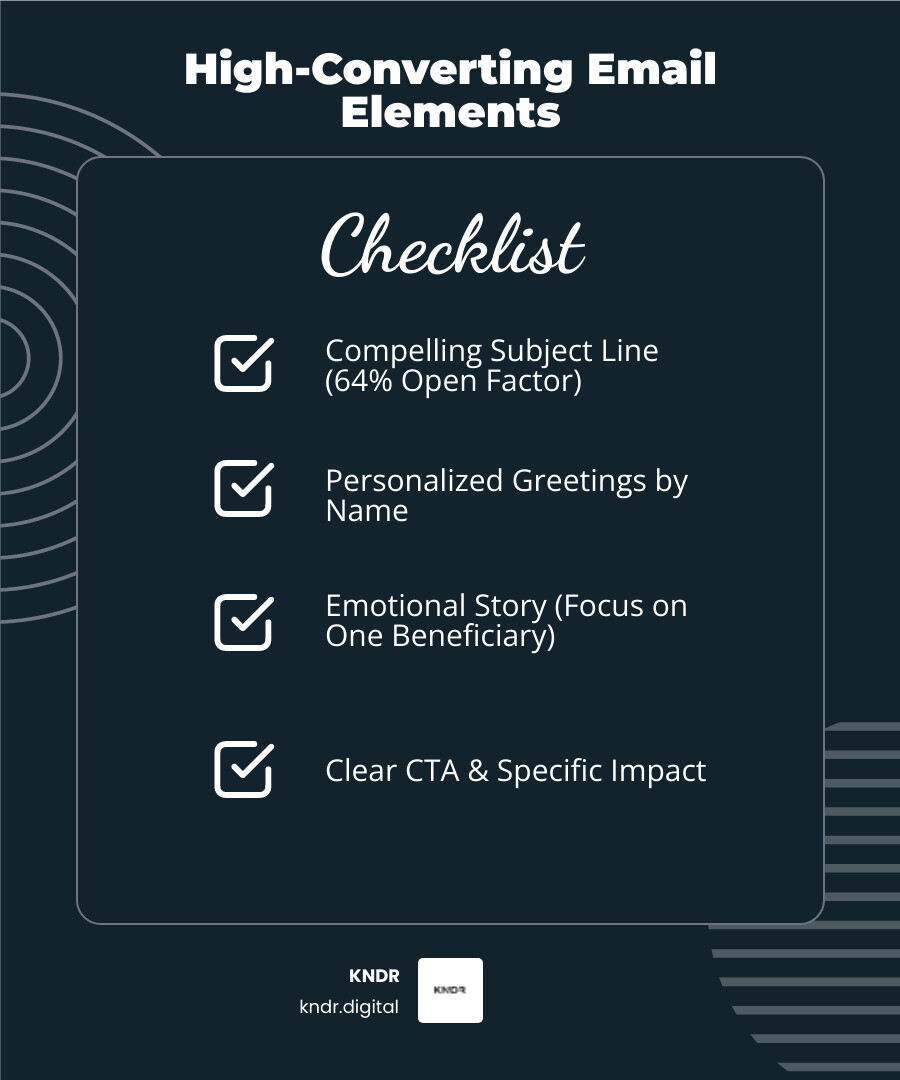
For more insights on effective fundraising strategies, explore our guides on digital fundraising for charities, donor segmentation best practices, and how to automate marketing for nonprofits.
The Anatomy of a High-Converting Fundraising Email
Think of your nonprofit fundraising email examples as a bridge between your mission and your donors' hearts. The best emails don't just ask for money; they create genuine connections that inspire action.
After analyzing thousands of successful campaigns, we've found that high-converting emails share eight essential elements. These components work together like instruments in an orchestra, each playing its part to create a moving result.
The eight key elements include compelling subject lines that cut through inbox clutter, personalization that makes donors feel valued, and donor segmentation strategies that deliver the right message to the right person. Emotional storytelling transforms statistics into human experiences, while impactful visuals help donors see your mission in action.
Research shows that donors give twice as much when they connect with a compelling story. This isn't just feel-good marketing – it's science. When you combine authentic storytelling with clear calls-to-action, demonstrable impact, and consistent branding, your emails become powerful tools for change.
Crafting Irresistible Subject Lines
Your subject line is like the front door to your message. If it doesn't invite people in, they'll never see the incredible work happening inside your organization.
Here's a sobering truth: 64% of recipients decide whether to open an email based solely on the subject line. That means even your most heartfelt appeal will go unread if the subject line doesn't grab attention.
Urgency creates action. Phrases like "Only 24 hours left to help Maria" or "Your gift needed by midnight" tap into our natural desire to help when time is running short. But use this sparingly – constant urgency leads to donor fatigue.
Curiosity opens doors. Subject lines like "What a $5 donation taught us about hope" make people want to know more. You're not giving away the whole story – just enough to create intrigue.
Personalization works wonders. Using someone's name or referencing their past support makes the email feel custom-crafted. "Sarah, your impact story inside" performs better than generic alternatives.
Keep subject lines under 65 characters for mobile devices. Most importantly, A/B testing is your best friend. Test different approaches with small segments of your list, then use the winner for your full campaign.
The Power of Personalization and Segmentation
Nobody wants to feel like just another name in a database. When you treat donors as unique individuals with their own interests and giving history, something magical happens – they respond.
Our research at KNDR shows that segmentation can boost email open rates by 14.3%. That's not just a small bump – it's the difference between reaching 1,000 people and reaching 1,143 people with the same list.
Addressing donors by name is just the starting point. The real power comes from referencing their giving history. When you write "Thank you for your generous $50 gift last December," you're acknowledging their specific contribution to your mission.
Tailoring content to interests takes personalization even further. If someone donated to your education program, send them updates about students, not your environmental initiatives. This seems obvious, but you'd be surprised how many organizations send identical emails to everyone.
Here are three donor segments that work exceptionally well: New donors need welcome messages that reinforce their decision and show immediate impact. Recurring donors deserve deeper impact reports and exclusive updates that make them feel like insiders. Lapsed donors respond to gentle reminders of their past connection and compelling reasons to re-engage.
For detailed strategies on this approach, check out The Complete Guide to AI-Powered Donor Segmentation.
A Singular, Powerful Call-to-Action (CTA)
Imagine walking into a restaurant where the waiter suggests the soup, the salad, the pasta, and the steak all at once. You'd probably feel overwhelmed and struggle to decide. The same thing happens in fundraising emails with multiple calls-to-action.
Here's a statistic that might surprise you: emails with a single CTA increased clicks by 371% compared to emails with multiple options. When you give people one clear path forward, they're much more likely to take it.
Clarity and focus are everything. Your CTA should leave zero doubt about what happens next. Use action-oriented language like "Feed a hungry child today" or "Provide clean water now" instead of vague phrases like "click here" or "learn more."
Button placement matters too. Put your CTA where people can easily find it – typically after you've made your case but before they lose interest. Use contrasting colors that stand out from your email design, and make sure the button is large enough to tap easily on mobile devices.
Most importantly, your CTA should link directly to a streamlined donation page. Every extra click is an opportunity for donors to change their minds. For tips on optimizing that crucial next step, explore our guide on Landing Page Optimization for Non-Profit Organization Success.
When you combine these elements – irresistible subject lines, thoughtful personalization, and crystal-clear calls-to-action – your nonprofit fundraising email examples transform from simple messages into powerful tools for change.
10 Powerful Nonprofit Fundraising Email Examples for Every Campaign
Now that we've covered the essential components, let's dive into some real-world nonprofit fundraising email examples that you can adapt for your own campaigns. These templates cover various stages of the donor journey and different appeals. They are starting points, so always personalize and tailor them to your unique mission and audience.
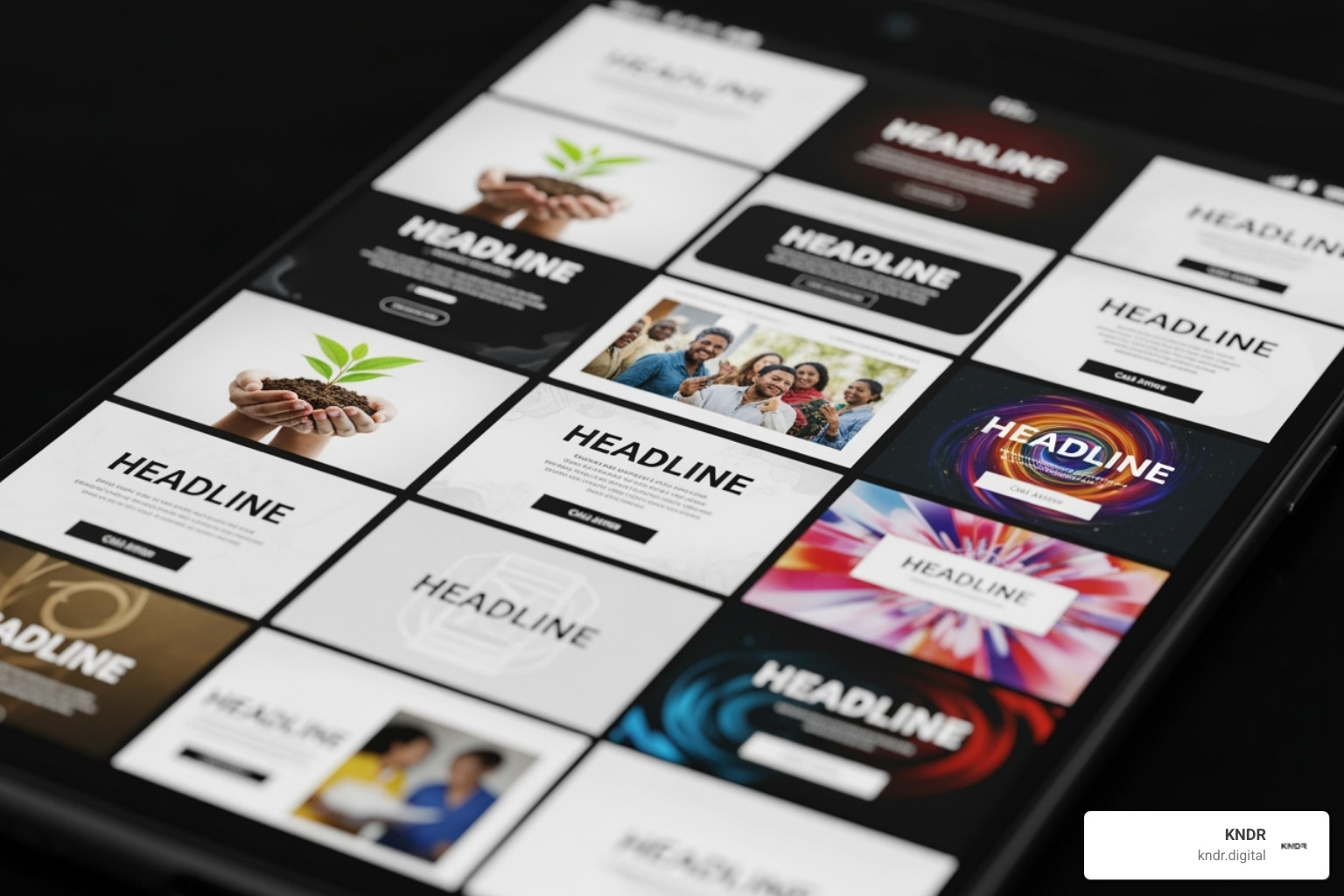
At KNDR.digital, we've built an extensive email template library to help organizations streamline their communication.
Foundational Nonprofit Fundraising Email Examples
These emails are crucial for building and maintaining strong donor relationships, laying the groundwork for successful appeals.
The Welcome EmailThis is your first impression with a new subscriber or donor. It should be short, sweet, and concise. The general formula for a welcome email is:
- Thank and welcome them warmly.
- Quickly restate your mission and current campaign work.
- Provide a clear call-to-action to a page with more information, an impact story, or a specific program they can learn about.Example: "Welcome to our family, [Donor Name]! We're thrilled to have you join us in [Your Mission]. Learn how your support creates real change here: [Link]"For a deeper dive, check out The Comprehensive Guide to Nonprofit Welcome Emails.
The Post-Donation Thank YouThis email is vital for donor retention and making your supporters feel valued. Send it immediately after a donation.
- Express sincere gratitude for their specific contribution.
- Confirm receipt of their donation.
- Briefly reiterate the impact their gift will have.
- Avoid making another ask. This is purely about appreciation and relationship building.Example: "Thank You, [Donor Name]! Your Gift of [Amount] Will [Specific Impact]! We've received your generous donation and are so grateful for your commitment to [Your Cause]. Because of you, [specific outcome]."
The Impact ReportDonors want to know their money is making a difference. According to research, transparency and learning about a nonprofit’s impact are key factors encouraging donations.
- Show, don't just tell, the results of your work.
- Use tangible outcomes, numbers, and compelling stories.
- Connect the impact directly back to donor generosity.
- Include visuals (photos/videos) to improve the story.Example: "Your Impact in Action: [Month/Quarter] Update! Thanks to supporters like you, we were able to [list specific achievements, e.g., 'provide 100 meals,' 'build 2 new schools,' 'save 5 animals']. See the full story of your generosity: [Link to Impact Report/Story]"
Direct Appeal Nonprofit Fundraising Email Examples
These emails are designed to solicit donations for specific needs or campaigns, often with a sense of urgency or a clear goal.
The Urgent Need AppealWhen critical situations arise, these emails rally immediate support.
- Clearly articulate the urgent problem and its consequences.
- Explain exactly how donations will solve this immediate need.
- Create a sense of urgency without being overly alarmist.
- Provide a clear, prominent CTA.Example: "Emergency Alert: [Specific Crisis] Needs Your Help NOW! Families are facing [consequence]. Your immediate gift of [amount] can provide [specific relief] today. Donate now: [Link]"
The Year-End & Giving Tuesday AskThese appeals capitalize on key giving seasons, where 28% of nonprofits raise at least half of their annual revenue.
- Highlight tax benefits for year-end giving.
- Emphasize the critical need for funds before the year ends or on Giving Tuesday.
- Leverage matching gift opportunities if available.
- Share a powerful story that embodies your mission.Example: "Last Chance to Double Your Impact for [Cause]! The year is ending, and your gift can be matched [if applicable] to help us [achieve goal]. Give before Dec 31st: [Link]"For more tactics, Listen here for year-end appeal tactics.
The Lapsed Donor Re-engagementRe-engaging past donors is often more cost-effective than acquiring new ones.
- Acknowledge their past support and express gratitude.
- Share exciting recent achievements and impact stories they might have missed.
- Gently invite them to re-engage, perhaps with a specific, compelling reason to give now.
- Personalize the message to remind them of their previous connection.Example: "We Miss You, [Donor Name]! See How Far We've Come Thanks to You. Your past support helped us [past achievement]. We've since [new achievements]. Will you rejoin us in [cause]? Reconnect here: [Link]"Learn more about Implementing AI for Donor Retention: The Complete Playbook.
Growth-Focused Email Examples
These emails are designed to expand your reach, recruit new champions, and secure larger, more sustainable forms of support.
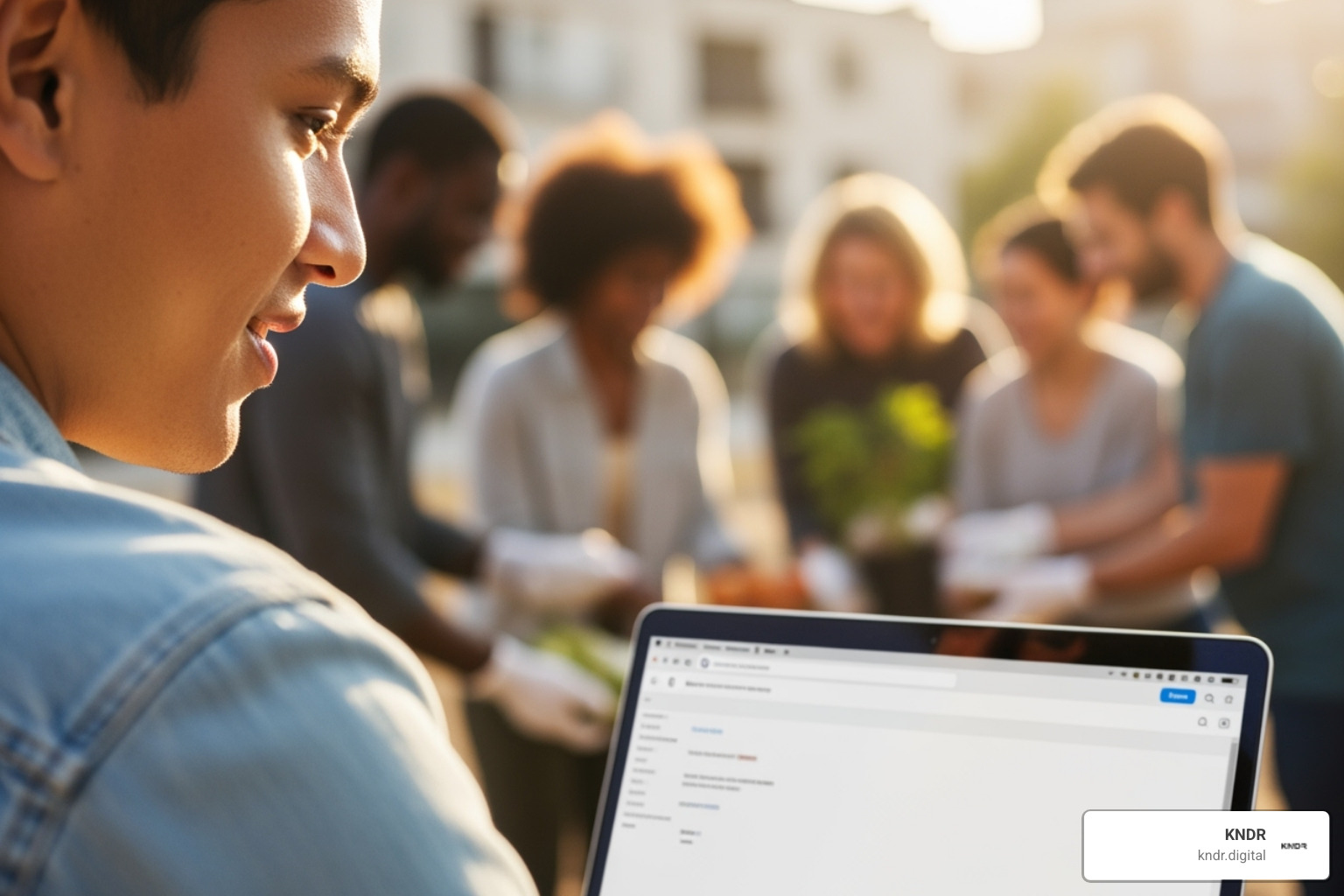
The Peer-to-Peer Fundraiser Kick-offEmpower your supporters to fundraise on your behalf.
- Explain the concept of peer-to-peer fundraising and its impact.
- Provide clear steps on how to get started.
- Offer resources, templates, and tips for successful fundraising.
- Share inspiring stories of others who have fundraised.Example: "Become a Champion for [Cause]! Ready to make an even bigger difference? Start your own fundraising page and rally your network to support [Your Mission]. Get your toolkit: [Link]"A comprehensive guide is available here: A Guide to Peer-to-Peer Fundraising Emails.
The Corporate Sponsorship RequestWhen reaching out to businesses, highlight mutual benefits and alignment.
- Start by recognizing their community involvement or past charitable work.
- Clearly articulate how a partnership aligns with their Corporate Social Responsibility (CSR) goals.
- Detail the benefits of sponsorship (e.g., brand visibility, employee engagement).
- Suggest a follow-up call to discuss a custom partnership.Example: "Partnership Opportunity: [Your Nonprofit] & [Business Name] for [Shared Goal]. We admire your commitment to [relevant value]. Let's discuss how a partnership can benefit both our organizations and the community. Schedule a call: [Link]"
The "Share Our Cause" EmailEncourage your current supporters to become advocates and expand your reach.
- Thank them for their existing support.
- Explain how sharing your mission can significantly increase your impact.
- Provide easy-to-share links (social media, email forward).
- Suggest specific ways they can share your story.Example: "You're Our Best Ambassador! Help Us Reach More [Beneficiaries]. Your voice is powerful. Will you share our mission with your friends and family? Share our story: [Link to shareable content/donation page]"
The Media Pitch for an EventGenerate buzz and attendance for your fundraising events.
- Craft a compelling subject line that grabs media attention.
- Clearly state the event details (what, when, where, why).
- Highlight the unique aspects of the event and its impact on your cause.
- Provide contact information for interviews or further details.Example: "Media Alert: [Your Nonprofit] Hosts [Event Name] to [Goal]! Join us on [Date] at [Location] as we [event highlights]. This event will [impact]. Contact [Name/Email] for press passes."
Optimize Your Outreach: Using Data and AI to Boost Donations
Creating compelling nonprofit fundraising email examples is only half the battle. The real magic happens when you measure what works and continuously improve your campaigns. It's like cooking: you follow a recipe, but tweaks and adjustments turn a good dish into an extraordinary one.
The beauty of email marketing lies in its measurability. Every click, open, and donation tells a story about your donors and what motivates them to give. When we track the right metrics, we can spot patterns that transform our fundraising efforts from guesswork into a precise science.
Open Rate reveals whether your subject lines are cutting through the noise of crowded inboxes. If people aren't opening your emails, even the most heartfelt appeal won't reach its intended audience. This metric is your first checkpoint – it tells you if your initial hook is working.
Click-Through Rate (CTR) shows how well your email content resonates once people start reading. When donors click on your call-to-action, they're saying "yes, this matters to me." A low CTR might mean your story isn't compelling enough or your ask isn't clear.
Conversion Rate is the ultimate measure of success – it tracks how many of those clicks actually turn into donations. This metric reflects not just your email's effectiveness, but also how well your donation page performs. Our research on Nonprofit Fundraising ROI shows why this number matters more than any other.
A/B Testing and CRM Integration
The most successful nonprofits don't rely on hunches – they test everything. A/B testing might sound technical, but it's really just comparing two versions of something to see which works better. Try sending half your list an email with "Help Maria go to school" in the subject line, and the other half "Just $50 can change everything." The results might surprise you.
Small changes often yield big results. We've seen organizations increase their open rates by 30% just by changing their sender name from "info@nonprofit.org" to "Sarah from Hope Foundation." The key is testing one element at a time so you know exactly what's driving the improvement.
CRM integration transforms scattered donor information into actionable insights. When your email platform talks to your donor database, you can send targeted messages that feel personal and relevant. A robust Donor Management Software system lets you segment donors based on their giving history, interests, and engagement levels.
This integration enables marketing automation that works while you sleep. New donors automatically receive welcome sequences. Lapsed supporters get re-engagement campaigns. Major donors receive personalized updates about programs they care about most. It's like having a dedicated relationship manager for every single donor, powered by smart technology and Data-Driven Fundraising principles.
Leveraging AI for Improved Campaigns
Artificial intelligence isn't replacing the human heart of fundraising; it's amplifying it. At KNDR.digital, we've seen how AI-driven systems help nonprofits connect with donors more meaningfully while dramatically improving results.
Content generation powered by AI helps overcome writer's block and generates fresh ideas for subject lines and email copy. Instead of staring at a blank screen, you can start with AI-generated suggestions and add your organization's unique voice and stories.
Predictive analytics takes the guesswork out of timing and targeting. AI can analyze past donor behavior to predict who's most likely to give, when they're most likely to open emails, and even what donation amount to suggest. It's like having a crystal ball that's actually accurate.
Personalization at scale goes far beyond inserting someone's first name. AI can analyze thousands of data points to determine whether a donor responds better to urgent appeals or impact stories, whether they prefer long-form content or quick updates, and which programs resonate most with their values.
The optimization capabilities are perhaps most exciting. AI systems can analyze millions of email campaigns to identify patterns that humans might miss. They can suggest the perfect send time for each donor, recommend the most effective images, and even help craft subject lines that maximize open rates.
Our AI-Driven Email Campaigns approach has helped organizations achieve remarkable results – like generating over 800 donations in 45 days. The technology handles the complex analysis while you focus on what matters most: building relationships and advancing your mission.
Frequently Asked Questions about Nonprofit Emails
After helping hundreds of nonprofits optimize their nonprofit fundraising email examples, we've heard the same questions come up again and again. Let's explore the most common concerns and give you practical answers that actually work.
How often should a nonprofit send fundraising emails?
Finding the right email frequency is like walking a tightrope. Send too few, and donors forget your mission. Send too many, and they'll unsubscribe due to donor fatigue.
The general rule we recommend is 1-3 fundraising emails per month. But here's the thing – this isn't set in stone. Your frequency should flex based on what's happening in your organization and how your donors respond.
During urgent campaigns like disaster relief or year-end appeals, you might need to increase frequency temporarily. Your donors understand that emergencies require immediate action. The key is returning to your normal schedule once the crisis passes.
Segmentation is your secret weapon here. Some donors love hearing from you weekly, while others prefer monthly updates. Pay attention to engagement levels and create different sending schedules for different groups. Highly engaged donors can handle more frequent communication, while less active supporters might prefer a lighter touch.
Most importantly, monitor your unsubscribe rates. A sudden spike is your audience telling you to slow down. Listen to them.
What is the best time and day to send a fundraising email?
While there's no magic formula that works for every nonprofit, years of data show some clear patterns. Mid-week sends typically perform best – think Tuesday through Thursday. Monday mornings are chaos for most people, and Friday afternoons have everyone thinking about weekend plans.
Timing matters too. Mid-morning (around 10 AM) or early afternoon (1-2 PM) often see higher open rates. People have settled into their day but aren't yet rushing to wrap things up.
But here's what matters more than industry averages: your own data. Maybe your donors are night owls who check email at 9 PM. Perhaps they're early risers scrolling through messages at 6 AM. The only way to know is to test different times and analyze your results.
Look at your past campaigns. When did you see the highest open rates? The most donations? That's your goldmine of information right there.
What are common mistakes to avoid in fundraising emails?
Even well-meaning nonprofits can sabotage their success with common pitfalls. We've seen these mistakes repeatedly, so don't feel bad if you recognize your own emails here.
Vague calls-to-action are donation killers. Buttons that say "Click Here" or "Learn More" don't inspire action. Be specific: "Donate $50 to Feed a Family" or "Give Clean Water Today."
Generic, impersonal emails make donors feel like just another name on a list. If you're not personalizing beyond "Dear Donor," you're missing huge opportunities to connect. Reference their giving history, acknowledge their interests, make them feel seen.
Mobile-unfriendly emails are practically criminal in 2024. More than half your donors will read your email on their phone. If they have to pinch and zoom to read your message, they won't.
Weak storytelling is another major issue. Numbers and statistics have their place, but stories move hearts – and hearts move wallets. Share specific examples of how donations create change, not just abstract impact statements.
Forgetting to say thank you damages donor relationships faster than almost anything else. Every donation, no matter how small, deserves immediate acknowledgment. Gratitude builds loyalty.
Asking for money in every single email will exhaust your donors. Mix in impact updates, volunteer spotlights, and educational content. Show value beyond just requests for funds.
If you do mess up (and we all do), don't panic. Learn How to Engage with Donors After Mistake in Nonprofit to rebuild trust and move forward stronger.
Turn Your Emails into Lasting Impact
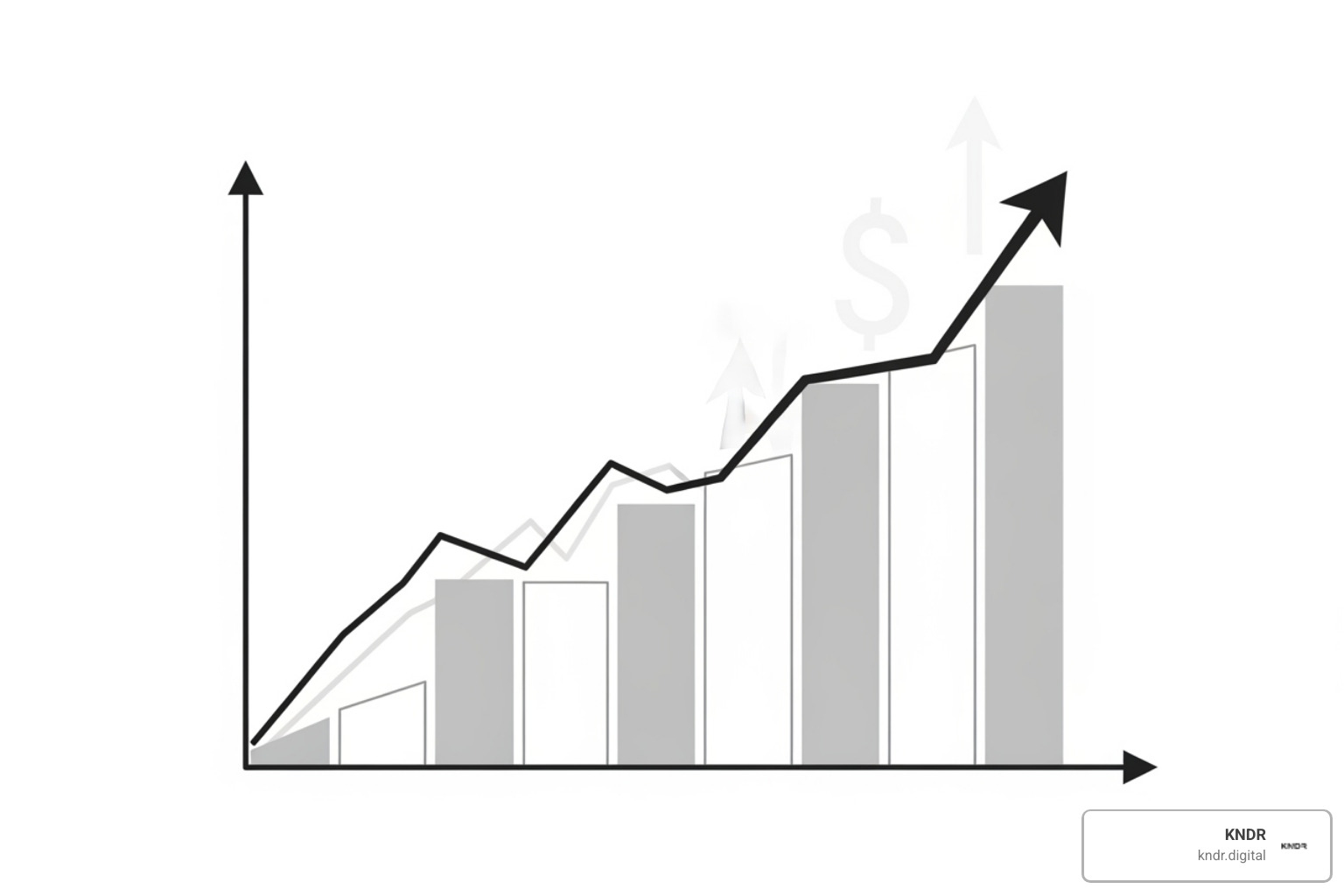
We've covered a lot, from the key ingredients of a high-converting message to a treasure trove of nonprofit fundraising email examples for every campaign. We've also explored data and AI to optimize your outreach.
If there's one big takeaway, it's this: email isn't just another communication tool. When you use it wisely and strategically, it becomes one of the most powerful engines your nonprofit has for connecting with donors and raising crucial funds.
It really comes down to a few core ideas. First, truly understanding the anatomy of a high-converting email – from those irresistible subject lines to that singular, powerful call-to-action. Second, having a library of diverse templates at your fingertips, ready for every step of your donor's journey. And finally, continuously refining your approach. This means diving into your data, learning what works (and what doesn't!), and embracing the incredible power of advanced automation and AI-driven insights. When you put these pieces together, your email marketing stops being a chore and starts becoming a dynamic force for change.
That's exactly where we come in at KNDR.digital. We absolutely love helping nonprofits like yours streamline their fundraising efforts. We do this with a blend of advanced automation and holistic digital strategies, all powered by our smart, AI-driven systems. Our goal is simple: to boost your donations and deepen your donor engagement. In fact, we operate on a results-based model, aiming for 800+ donations in just 45 days. We believe with the right strategy and tools, your emails do more than ask for support; they build lasting relationships and inspire real-world impact.
Ready to watch your donation growth soar? Let us help you Boost your nonprofit's fundraising with a proven digital strategy.


